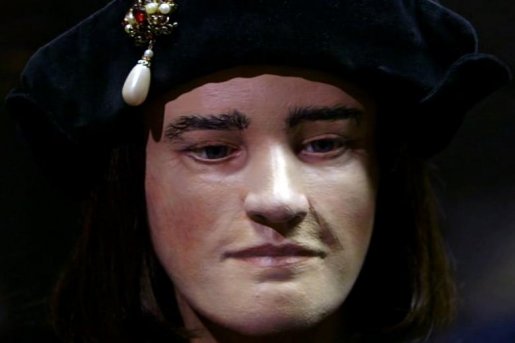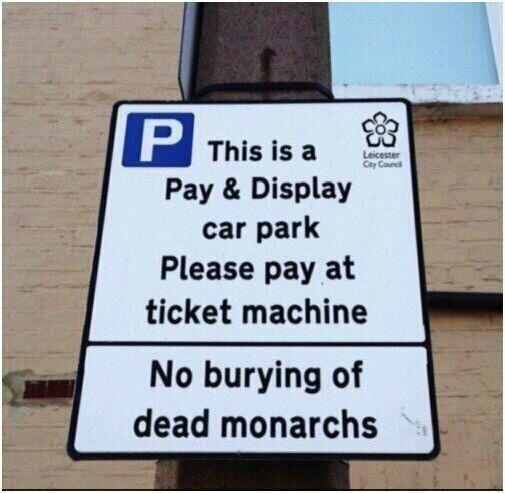King Richard III’s Skeleton Discovered in Car Park


There was some unusual royal news in Britain yesterday, as a 600-year-old skeleton was found to be the remains of King Richard III. The University of Leicester led the project to find the lost bones and eventually narrowed them down to the most royal of settings- a nearby car park.
Richard III became king of England in 1483, but his reign was tumultuous and short-lived, and he was killed in battle just two years later in 1485. The skeleton shows the extent of the injuries that killed him, with 10 in total found, including eight injuries to the skull. On top of that, the spine has also been found to be badly curved, confirming reports from Tudor historians that Richard had a severely hunched back.
On the Trail of Richard's Body
For a team of historians, scientists and archaeologists this marks the successful end to the search for Richard's body that's been going on for years. They started armed simply with the knowledge that he had been buried underneath the church of Greyfriars in the centre of Leicester. After being demolished in the 16th century, the exact location of the church had been forgotten, but the team was able to gradually narrow it down to a probable area.
In August last year the excavation began in a city council car park and within a few days the bones were found. Since then, there has been the small matter of identifying a 600-year-old skeleton.
Identifying the Bones
Scientists were able to carbon date the bones to a period from 1455-1540 and identify the skeleton as that of a man in his late 20s or early 30s. (Richard was 32 when he died). However, most importantly, they were also able to match DNA from the bones with one of Richard's direct descendents still alive today.
After a slow and lengthy search, experts managed to find a 17th-generation descendant of Richard's sister- a woman called Joy Ibsen from Canada. Though she died several years ago, her son Michael is still alive, and handily living in London. They were able to compare his DNA to that of the skeleton's, thus proving, in the words of lead archaeologist Richard Buckley: "beyond reasonable doubt it's Richard".
Since the discovery experts have used the skull to create a computer generated impression of the king's face and a plastic model was then built to give a real impression of how he looked (as pictured above).
After the University of Leicester held a press conference to announce the news yesterday, it spread online instantly and, inevitably, the internet has had its own take on it all. One of our favourite images that has spread is this one taken in a car park in Leicester.









